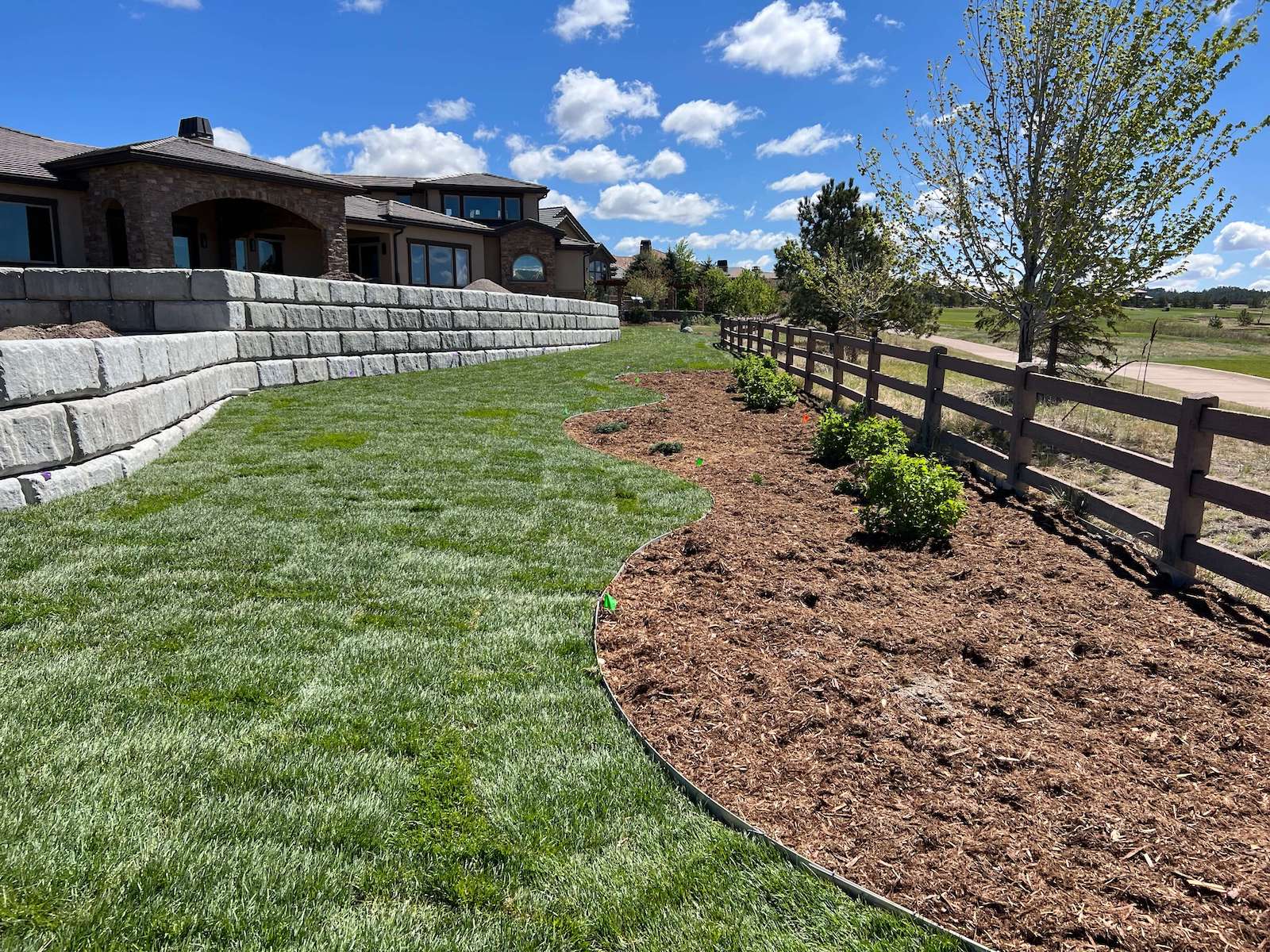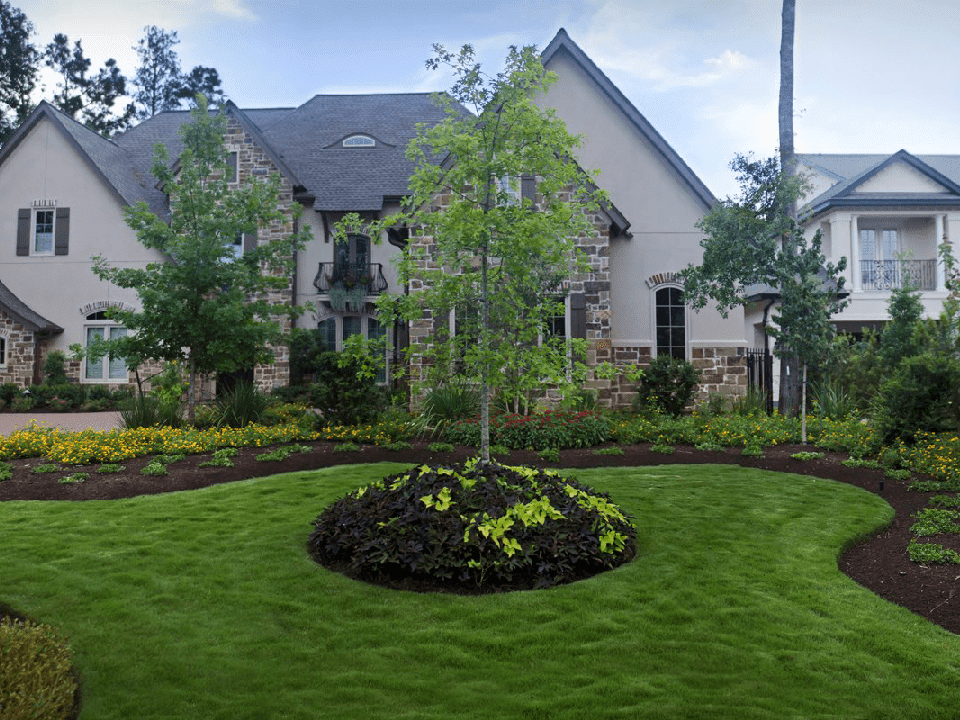The Ultimate Guide To Hilton Head Landscapes
Hilton Head Landscapes for Beginners
Table of ContentsSome Known Details About Hilton Head Landscapes About Hilton Head LandscapesThe smart Trick of Hilton Head Landscapes That Nobody is Talking AboutThe Definitive Guide for Hilton Head LandscapesTop Guidelines Of Hilton Head LandscapesExamine This Report on Hilton Head Landscapes7 Simple Techniques For Hilton Head LandscapesNot known Factual Statements About Hilton Head Landscapes
Type compatibility is also a significant component of unity in designone or 2 strikingly various types benefit comparison and focus, but usually all various other forms need to have some similarities for a combined appearance. Structure refers to just how rugged or great the surface area of the plant or hardscape product feels and/or looks.
Examples of plants with coarse appearance include philodendrons, agaves, bromeliads, hollies, palms, and hydrangeas. Hardscape with crude texture includes rough-cut rock, rough-finished brick, and incomplete wood with knots and an elevated grain. Matured or old building product that preserves a weather-beaten surface is frequently rugged in texture. Qualities that create fine structure consist of tiny foliage; thin, strappy leaves (turfs) or high, slim stems; small, thick branches and tiny branches; long stems (creeping plants); and little, fragile flowers.
What Does Hilton Head Landscapes Do?
A lot of plants are medium appearance, because they can not be called having either crude or fine structure. They are identified by medium-sized fallen leaves with easy forms and smooth sides. The average-sized branches are not densely spaced nor commonly spaced, and the total form is usually rounded or mounding. Medium-textured plants serve as a background to link and unify the coarse- and fine-textured plants.

To make a space feel smaller sized, position the crude textures along the outer perimeter and the fine structures closest to the customer. The information of the coarse structure makes the plants show up closer and makes the area really feel smaller. The perceived texture of plants can additionally change with the distance from the plant.
What Does Hilton Head Landscapes Do?
Bold shades enhance the contrast and make the structure appear coarser, while soft colors can squash appearance. Hardscape with a rugged texturesuch as really rough rocks and strong, large timberstends to make all plant product appear more medium distinctive. Developers typically establish a texture research study (Figure 8) on paper to aid choose the setup of plant products.
Figure 8. Structure research study. Shade in plant material and hardscape adds passion and range to the landscape. Shade is the most conspicuous component in the landscape and is typically the focus of many property owners; nonetheless, it is additionally the most temporary aspect, usually lasting just a few weeks a year for individual plants.
What Does Hilton Head Landscapes Do?
A straightforward summary of the shade wheel consists of the three primaries of red, blue, and yellow; the three secondary shades (a mix of two primaries) of green, orange, and violet; and six tertiary colors (a mix of one nearby main and secondary shade), such as red-orange. Shade concept describes the connection of shades per other and just how they ought to be used in a over here composition.

Analogous (sometimes called unified) color design are any type of 3 to 5 colors that are adjacent on the shade wheel, such as red, red-orange, orange, yellow-orange, and yellow, or blue, blue-violet, and violet (landscapers hilton head island). The colors relate to every other since they generally include two primary colors blended to form a secondary and two tertiary shades, which indicates they share common residential properties
They have a tendency to have high contrast in between them. The most typical sets are violet and yellow, red and green, and blue and orange. Complementary shades are typically discovered naturally in flowers; a typical pair is yellow and violet. Shade is found in the blossoms, vegetation, bark, and fruit of plants.
Hilton Head Landscapes - Questions
Eco-friendly vegetation in all its different shades is the leading shade by amount, however various other shades capture focus quicker as a result of their high contrast to the color environment-friendly. Color is also discovered in structures, rocks, pavers, timber, and furnishings. A lot of colors in all-natural materials, such as stone and wood, are typically muted and tend to be variations of brownish, tan, and pale yellow.
Colors have homes that can affect emotions, spatial perception, light high quality, balance, and emphasis. Great shades often tend to be calming and ought to be used in locations for leisure and calmness.
Some Known Details About Hilton Head Landscapes
Amazing shades tend to recede and are perceived as being farther away, making a room feel larger. Shade can additionally be used to catch attention and direct sights.
For example, bright yellow, which has the highest strength, also has a high contrast with all other colors (typically called a "pop" of shade) and ought to be conserved. A percentage of extreme color has as much aesthetic weight as a huge quantity of a more suppressed or weak shade.
Analogous (in some cases called harmonious) shade plans are any three to five colors that are surrounding on the color wheel, such as red, red-orange, orange, yellow-orange, and yellow, or blue, blue-violet, and violet. The colors relate per other due to the fact that they commonly include 2 primaries mixed to develop a secondary and 2 tertiary shades, which suggests they share common buildings.
Indicators on Hilton Head Landscapes You Should Know
Complementary shades are frequently discovered normally in flowers; a typical set is yellow and violet. Color is discovered in the blossoms, foliage, bark, and fruit of plants.
Eco-friendly vegetation in all its different shades is the leading shade by quantity, however other shades record focus quicker due to their high comparison to the color eco-friendly - Landscaping bluffton sc - https://dzone.com/users/5166843/h1tnhdlndscps.html. Shade is also located in structures, rocks, pavers, timber, and furnishings. Most colors in all-natural products, such as stone and timber, are commonly low-key and tend to be variants of brown, tan, and light yellow
An Unbiased View of Hilton Head Landscapes
Colors have residential properties that can influence feelings, spatial perception, light quality, equilibrium, and focus. Trendy shades often tend to be soothing and should be made use of in locations for relaxation and calmness.
The "temperature" of colors can likewise affect the understanding of range. Amazing colors have a tendency to recede and are viewed as being farther away, making a space really feel bigger. Warm shades have a tendency to development and are regarded as being better, making a space really feel smaller. Color can also be made use of to catch attention and straight sights.
Bright yellow, which has the highest possible intensity, also has a high comparison with all other colors (usually described as a "pop" of shade) and should be made use of sparingly. A percentage of intense shade has as much aesthetic weight as a huge amount of a more controlled or weaker color.